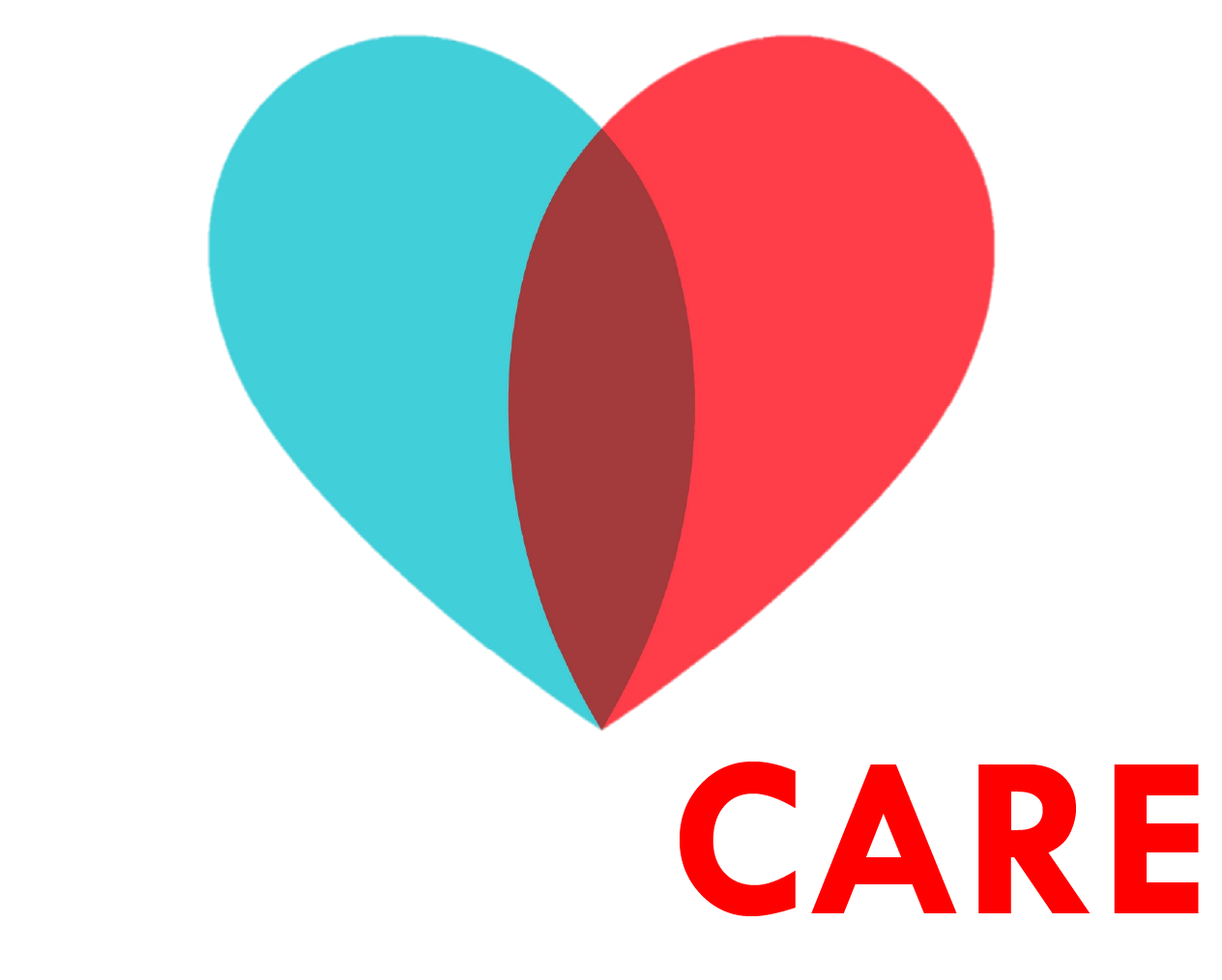Stage 1 Pressure Ulcer
Stage 1 pressure ulcers are superficial wounds that have not yet broken through the skin. They may appear as red patches, blisters, or crusted over areas. While stage 1 pressure ulcers are not open wounds, they can still be painful and lead to infection if left untreated.
If you notice any redness, blistering, or crusting on your skin, it is important to seek treatment right away. Stage 1 pressure ulcers can quickly progress to more serious stages if they are not treated promptly.
Treatment for stage 1 pressure ulcers typically involves keeping the area clean and dry, applying a protective ointment or cream, and changing position frequently to relieve pressure on the affected area. In some cases, a special cushion or support surface may be recommended to help protect the wound from further pressure. Surgery is not usually necessary for stage 1 pressure ulcers. However, if the ulcer does not heal with conservative treatment, your doctor may recommend a skin graft or other surgical procedure.
If you have a stage 1 pressure ulcer, it is important to take steps to prevent it from progressing to a more serious stage. Be sure to keep the area clean and dry, and apply any ointments or creams as prescribed by your doctor. You should also change position frequently to relieve pressure on the affected area. If you are using any special cushions or support surfaces, be sure to follow instructions carefully to avoid worsening the ulcer. With proper treatment, stage 1 pressure ulcers usually heal within a few weeks. However, if the ulcer does not improve with conservative treatment, surgical intervention may be necessary.
If you have any questions about your condition or treatment, be sure to ask your doctor. Stage 1 pressure ulcers can be treated effectively if they are caught early. With proper care, you can soon return to your normal activities.
Different types of stage 1 pressure ulcers include :
-Red patches: These are areas of skin that are red and inflamed. They may be painful or itch.
-Blisters: Blisters are fluid-filled bumps that can form on the surface of the skin. They may be clear, yellow, or bloody.
-Crusted over areas: Crusting occurs when the top layer of skin dries out and forms a hard crust. This can be painful and make it difficult to move the affected area.
